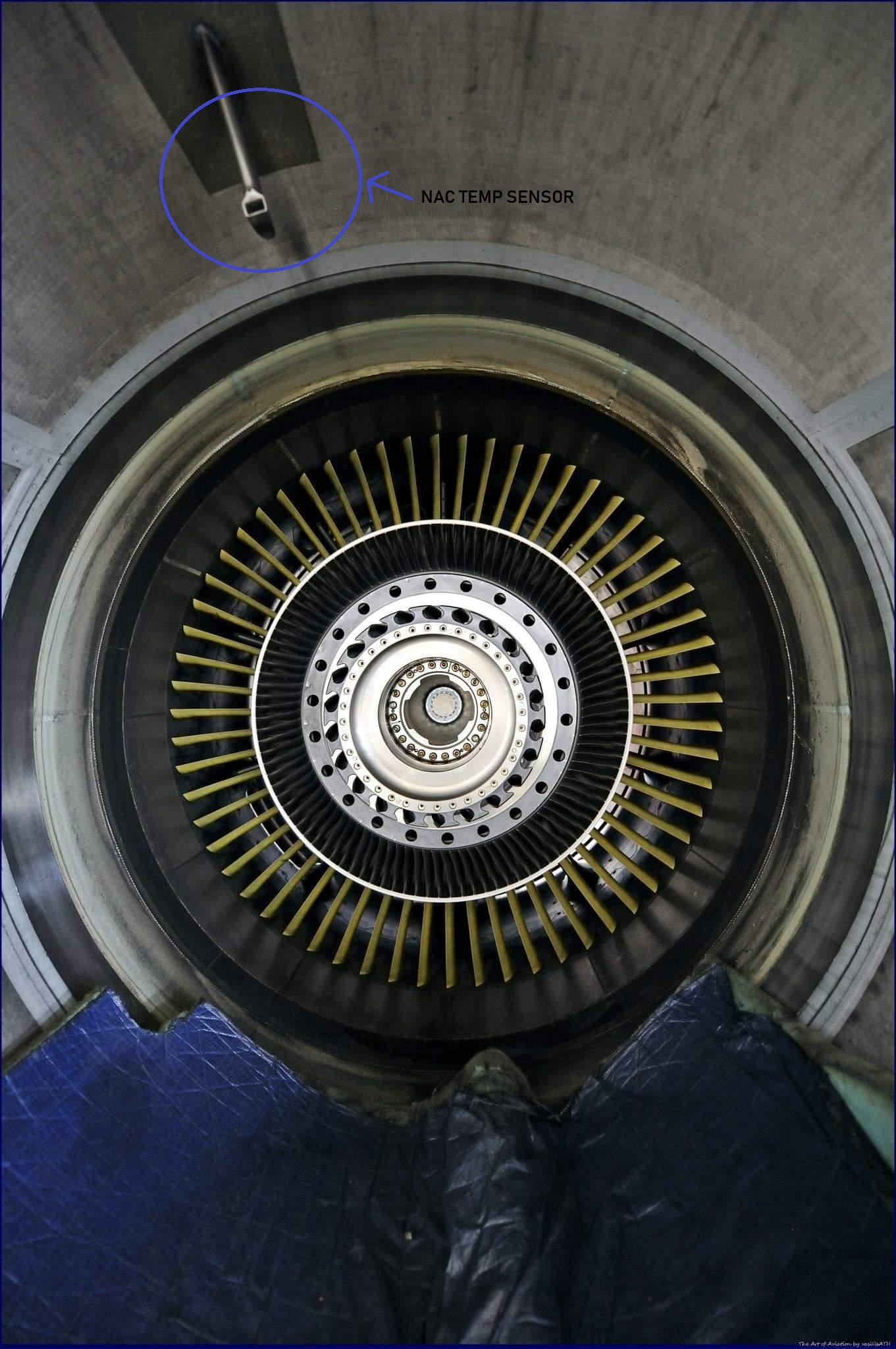Based on the Linkedin page, this is a portion of an IAE V2500 turbofan. Looking at the following images of the engine (in modules and awaiting final assembly), I can pick out a view that is really similar to the image you have up, namely the module of the engine in the bottom right hand corner of the image or the one in the background, behind the fan section that is near the center of the image.

Looking at a cutaway of the V2500 (below), you can pick out similarities between this section and the engine if viewed from directly behind the fan.

Based on this, a schematic of the V2500 engine modules (below), and the insulation laid out in the bottom of the photo that you posted, I think that the picture you found is taken from inside of the engine, directly behind the fan section and looking aft. The only things that I'm unsure about are background (appears solid?) and perspective (looks like the engine is in a tube--fan was removed, but the shroud is still on?).







